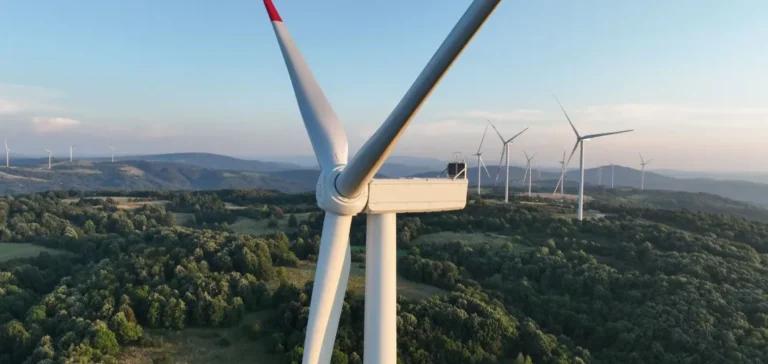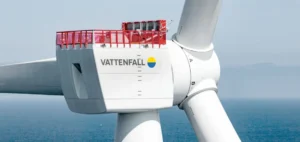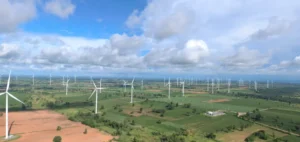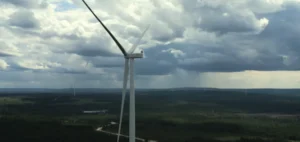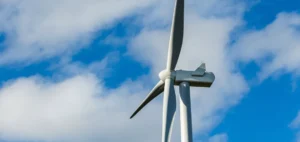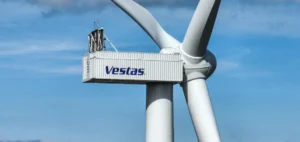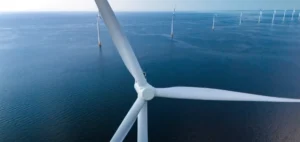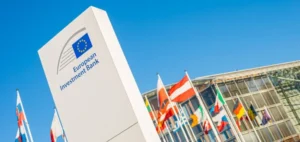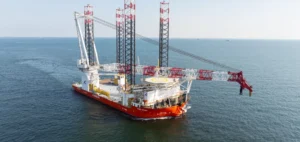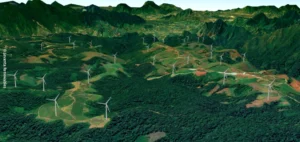The expansion project of the Gvozd wind farm, currently under construction in Montenegro, has just received new financial support of €26 million from the European Bank for Reconstruction and Development (EBRD). This amount adds to the initial loan of €82 million granted in 2023, bringing the bank’s total investment to €108 million.
Developed by the state-owned company Elektroprivreda Crne Gore (EPCG), the project includes the addition of three extra turbines to increase the wind farm’s capacity from 55 to 75 megawatts (MW). Once completed, Gvozd will become Montenegro’s largest wind farm, with an estimated annual output of 186 gigawatt-hours (GWh), enough to power more than 35,000 households.
A milestone in Montenegro’s energy development
This project represents a turning point for EPCG, which had not launched a major production asset in more than four decades. Gvozd is also the company’s first wind power installation and the first multi-contract wind farm project implemented under the EBRD’s procurement rules.
The site’s expansion during the construction phase, supported by new financing, demonstrates the EBRD’s commitment to adapting to operational needs and securing long-term energy infrastructure. This approach allows for the smooth integration of the new turbines into the original schedule without disrupting ongoing construction.
A favorable regulatory framework and strengthened cooperation
The construction of the Gvozd wind farm is taking place within a regulatory environment recently strengthened by the implementation of a specific law, the “Law on the Use of Energy from Renewable Sources,” developed with the EBRD’s technical support. This framework aims to attract structured investments into the national energy sector.
The EBRD’s management emphasized the strategic importance of this public partnership, notably through the REMA (Renewable Energy Market Accelerator) program, which supports private initiatives in renewable energy production. This program notably contributed to the launch of the country’s first public solar energy auction, covering a volume of 250 MW.
An evolving regional positioning
The EBRD positions itself as a key player in Montenegro’s energy modernization, with over €1 billion invested in the country through around a hundred projects. These commitments span infrastructure, regional integration, and private sector development.
The commissioning of the expanded version of the Gvozd wind farm is scheduled by the end of 2026, according to the current timeline. The project could enhance national energy security while increasing locally produced capacity connected to the grid, as the country seeks to reduce its dependence on energy imports.


